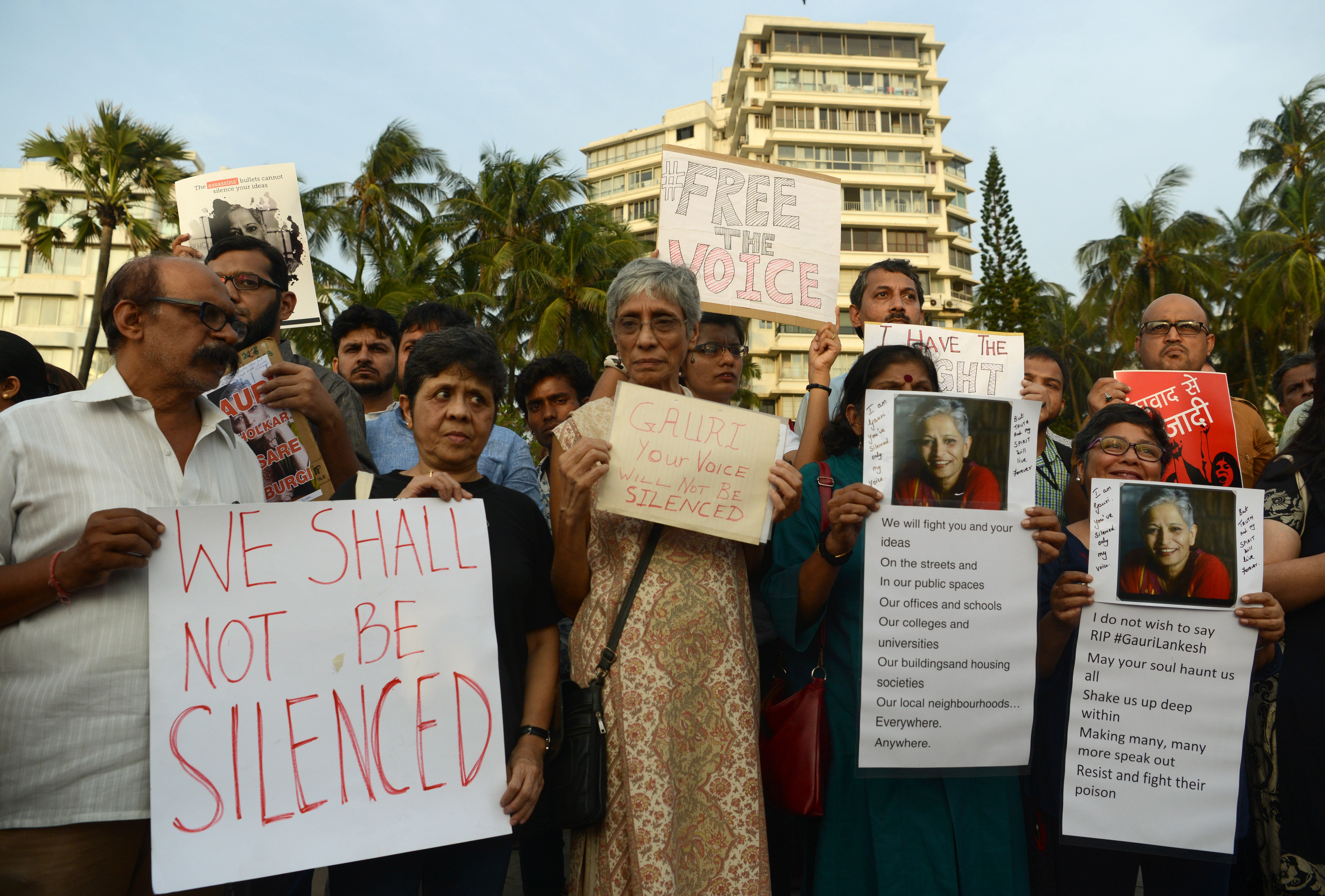Journalist burned to death with hand sanitiser for uncovering corruption: ‘This is the price for reporting the truth’
Victim had been reporting regularly on alleged corruption involving a powerful local leader and her son

Your support helps us to tell the story
From reproductive rights to climate change to Big Tech, The Independent is on the ground when the story is developing. Whether it's investigating the financials of Elon Musk's pro-Trump PAC or producing our latest documentary, 'The A Word', which shines a light on the American women fighting for reproductive rights, we know how important it is to parse out the facts from the messaging.
At such a critical moment in US history, we need reporters on the ground. Your donation allows us to keep sending journalists to speak to both sides of the story.
The Independent is trusted by Americans across the entire political spectrum. And unlike many other quality news outlets, we choose not to lock Americans out of our reporting and analysis with paywalls. We believe quality journalism should be available to everyone, paid for by those who can afford it.
Your support makes all the difference.A 37-year-old journalist was set on fire inside his own home in India and burned to death using hand sanitiser as an accelerant, police say, after he reported extensively on local corruption.
Rakesh Singh Nirbhik, who wrote for the local daily Rashtriya Swaroop in the most populous state of Uttar Pradesh, succumbed to his injuries in a hospital in the state’s capital, Lucknow, late last month.
Nirbhik was targeted along with his friend, 34-year-old Pintu Sahu, by three men who forced their way into his house, police say. Sahu died at the scene.
Nirbhik had written a number of articles alleging corruption involving the local village leader, Sushila Devi and her son, over a number of construction projects including roads, sewage and solar panels.
According to NDTV, the journalist was filmed on his hospital bed, crying out in agony and telling the camera: “This is the price for reporting the truth," in a 2 mins 30 seconds video clip.
Police told local media they were investigating whether the journalist’s work had been a motive for the killing.
Three days after the incident, on 1 December, local police said they had arrested three people and one of them, Keshwanand Mishra, was the son of the village leader featured in Nirbhik’s reporting.
The police in its probe also found that on the day of the assault, Sahu spoke to Nirbhik at least five times over the phone and called him 22 times but deleted all the call logs.
The news website Newslaundry quoted a colleague of Nirbhik’s as saying that the journalist had informed the district magistrate of his fears for his life, but that the authorities had failed to act.
At the same time, police told the Indian Express that a financial dispute between Sahu and the accused, Mr Mishra, could also be a motive for the murder.
This week Reporters Without Borders cited the case as it expressed concern over the security of journalists in the country, adding that it was “appalled to learn that a reporter was burned alive in his home”.
It demanded that those involved be brought to justice, while slamming the police for its inaction on the initial complaint from the journalist.
“It is nonetheless shocking that this tragedy took place after the reporter formally notified the judicial authorities about the death threats being made against him.”
RSF called on the state government to adopt a law to ensure the safety of journalists.
Nirbhik is the second journalist to be killed under the BJP government of right-wing Hindu monk-turned-chief minister Yogi Adityanath in the state of Uttar Pradesh, and the fourth journalist to be killed in the country, this year so far. India currently ranks 142 out of 180 countries on RSF’s World Press Freedom Index.



Join our commenting forum
Join thought-provoking conversations, follow other Independent readers and see their replies
Comments